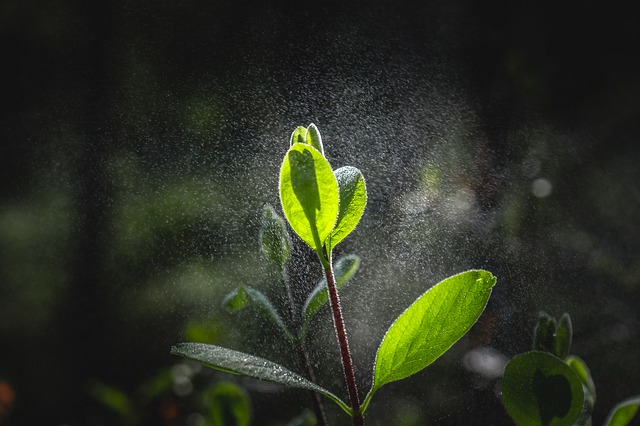
More extense use of existing genetically modified crops in Europe could reduce greenhouse gas emissions.

More extense use of existing genetically modified crops in Europe could reduce greenhouse gas emissions.
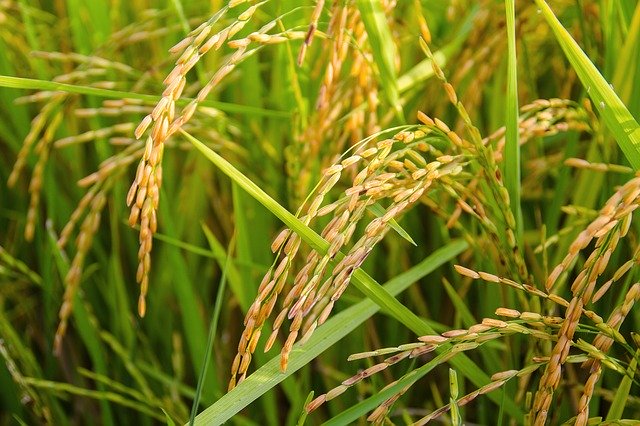
Researchers examine the formation of air channels in wetland plants, a protective trait that makes them resilient to environmental stresses.
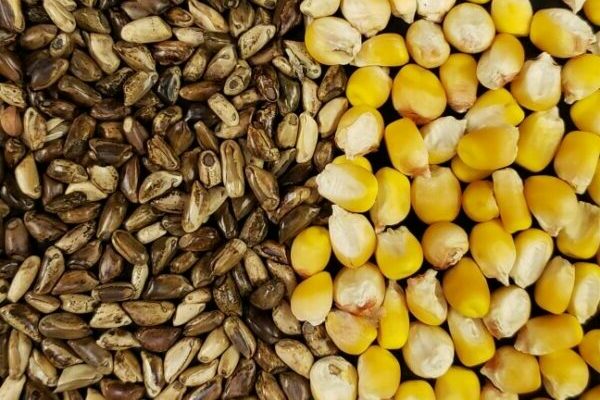
Scientists are learning how to peer back through millennia of domestication to learn how a wild grassy plant known as teosinte developed into corn, the modern cash crop grown across the globe. The research allows scientists to compare genes in corn against its wild ancestor, which could help plant breeders identify advantageous traits that may have been bred out of teosinte over the centuries.

Five (5) high-yielding hybrid maize varieties developed by scientists have all been approved and recommended for release onto the market for cultivation and consumption by the National Varietal Release and Registration Committee (NVRRC) of Ghana.

First-of-its-kind analysis suggests declines in land suitability in most major producing countries. A new analysis predicts that, as climate change progresses, the most suitable regions for growing coffee arabica, cashews, and avocados will decline in some of the main countries that produce these crops.
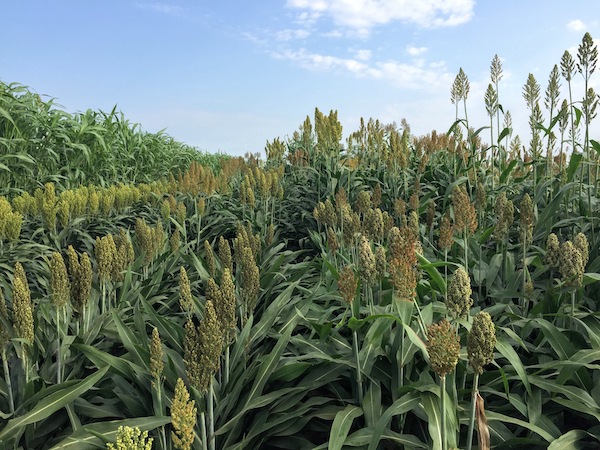
Scientists have harnessed data analytics to look “under the hood” of the mechanisms that determine how genetics and changing environmental conditions interact during crucial developmental stages of plants.
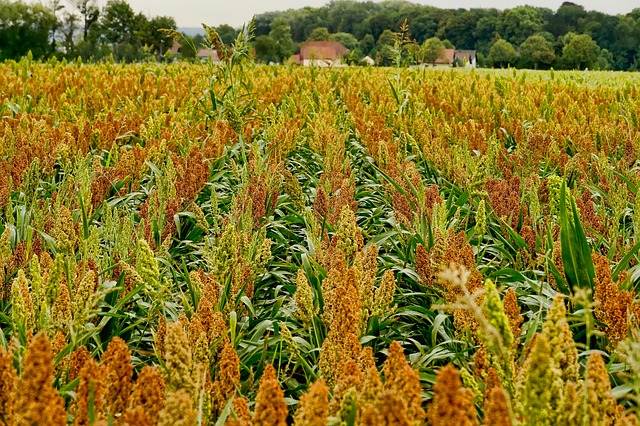
Scientists are honing the traits of speed, strength and near invulnerability in sorghum, a very important food crop. Achieving a milestone in their pursuit of the Superman of sorghum plants, scientists identified a single gene that confers broad protection from the fungal diseases anthracnose, rust and target spot.

Researchers recently announced that they have discovered the genetic linkages governing the formation of flowers. The revelation solves a long-standing mystery—how are there so many different types of flowers in the world?—and shines a bright light into a dark corner of evolution. The research also demonstrates the power of a technique called “forward genetics” in uncovering the mysteries of nature.

Researchers have unearthed the earliest definitive evidence of broomcorn millet (Panicum miliaceum) in ancient Iraq, challenging our understanding of humanity’s earliest agricultural practices.
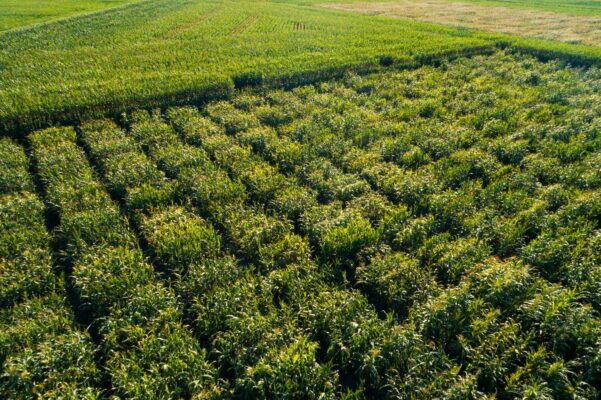
The use of genetic information is now indispensable for modern plant breeding. Even though DNA sequencing has become much cheaper since the human genome was decoded for the very first time in 2003, collecting the full genetic information still accounts for a large part of the costs in animal and plant breeding. One trick to reduce these costs is to sequence only a very small and randomly selected part of the genome and to complete the remaining gaps using mathematical and statistical techniques.